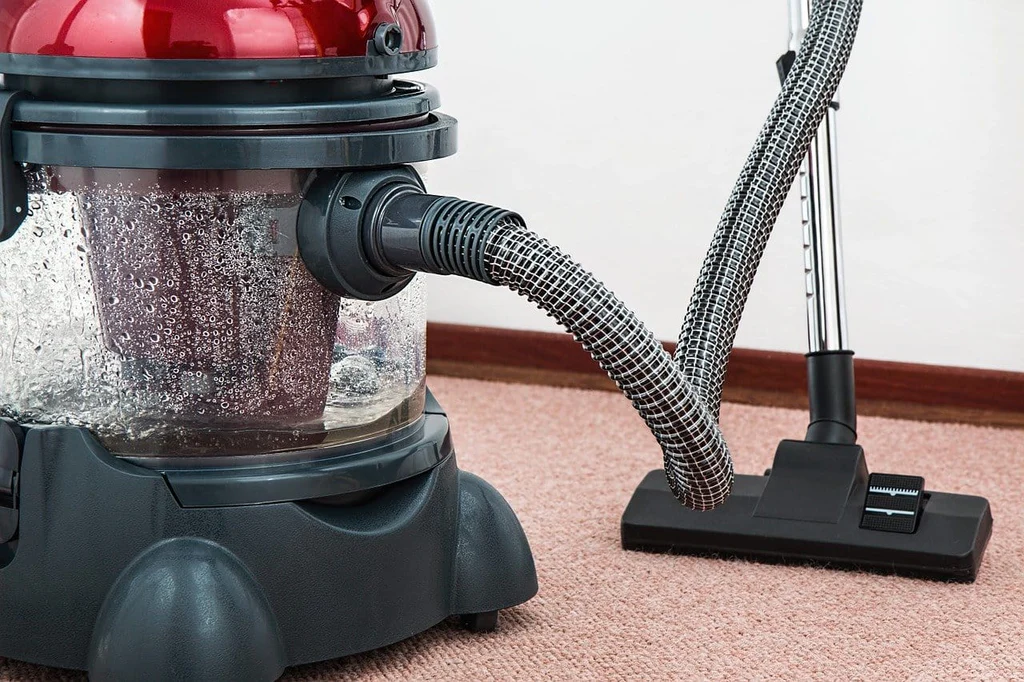How to Change Your Vacuum Cleaner Belt Quickly and Easily
Hello, everyone! If you’ve found your vacuum cleaner struggling to pick up debris or if you hear the motor running but the brush isn’t spinning, it might be time to replace the vacuum cleaner belt. This small component plays a big role by connecting the motor to the spinning brush. Fortunately, changing it is straightforward and affordable. Let’s walk through the process step by step!
Why the Vacuum Belt Matters
The vacuum cleaner belt is a critical part that helps transfer power from the motor to the brush roll, allowing it to spin and pick up dirt and debris. Without a functioning belt, your vacuum’s performance will drop significantly, leaving you with a less effective cleaning tool.
Getting the Right Replacement Belt
- Find the Right Size and Model: To ensure you get the correct belt, you need to know your vacuum’s model number and belt size. You can usually find this information in the vacuum’s user manual. If you don’t have the manual, check the manufacturer’s website, where you can look up your vacuum’s model and find the appropriate belt specifications.
- Purchase the New Belt: With the model number in hand, you can shop for a replacement belt online or at a local store that sells vacuum parts. It’s a good idea to buy a spare belt as well. Having an extra belt on hand can save you time and hassle if the current one breaks unexpectedly.
Why Keeping a Spare Belt is a Good Idea
Having a spare belt is like having a backup plan. Imagine you’re in the middle of cleaning and the belt snaps. With an extra belt, you can quickly replace it and continue cleaning without interruption. This convenience means you won’t have to wait for a new belt to arrive or rush to the store.
How to Change the Belt
- Unplug the Vacuum: Before you start, make sure the vacuum is unplugged to avoid any risk of electrical shock or accidental activation.
- Lay the Vacuum Flat: Place the vacuum on a flat surface to access the bottom easily. This position allows you to reach the belt and brush roll without difficulty.
- Locate the Cover Plate: Look for the cover plate on the bottom of the vacuum. This plate protects the brush and belt and is usually secured with screws or a latch. Remove the cover by unscrewing it or releasing the latch.
- Remove the Old Belt: Once you have access, carefully unhook the old belt from the brush roll and motor shaft. If the belt is damaged, it’s important to clean out any debris in the area to prevent future problems.
- Install the New Belt: Take the new belt and ensure that any writing on it is facing outward. Attach one end of the belt to the motor’s spindle and stretch the other end over the brush roll. The belt should be tight but not overly stretched. Once in place, reattach the brush roll and secure the cover plate.
- Check Your Work: Ensure that the belt is correctly positioned and that the brush roll spins freely. Reassemble any parts you removed and plug the vacuum back in to test it.
Maintaining Your Vacuum Cleaner
Regular maintenance is essential to keep your vacuum running smoothly. Check the belt periodically for signs of wear or damage and replace it if necessary. Besides monitoring the belt, remember to empty the dust container, clean the filters, and check for clogs in the hoses to maintain optimal performance.
Conclusion
Changing a vacuum cleaner belt is a simple task that can have a big impact on your vacuum’s performance. By following these steps, you can quickly replace a worn or broken belt and get back to cleaning with a fully operational vacuum. Keeping a spare belt and performing regular maintenance will help your vacuum last longer and work more efficiently.
So, the next time you encounter a vacuum issue, don’t stress—just follow these easy steps, and you’ll have your vacuum back in action in no time. Happy cleaning!












Post Comment